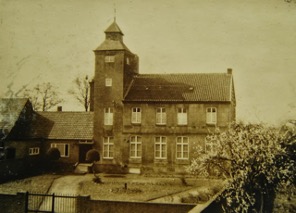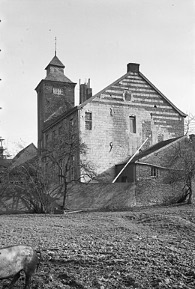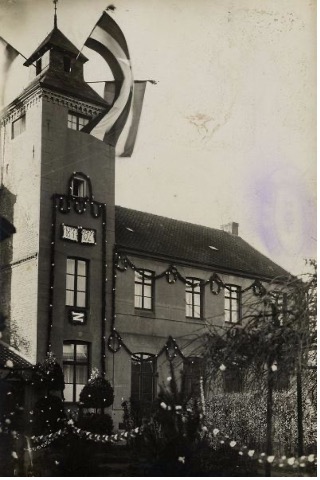Kasteel Eyckholt, as we know it today, was built in the mid-18th century. Only the round tower is older, dating back to the 16th century. The small white castle was originally little more than a castle farm. It was elevated to the status of a castle when Castle ‘Ter Borch’ was destroyed in 1632, and the lord of the castle found a new home in what is now known as Kasteel Eyckholt.
A Safe Haven
Just as Kasteel Eyckholt provided shelter to castle lord Jan van Rossum and his family in the 17th century, the building now offers a safe and comfortable haven to anyone who wishes to indulge in the beauty of this stunning structure with its intriguing history. Who wouldn’t enjoy basking in the legacy of the ‘Lord of Roosteren’ or the ‘Lord of Vissersweert,’ who once ran a flourishing medical practice from this very place?
The Smallest Castle
Castle or castle-like manor, “’t heufke” or house, Ter Borch or Eyckholt—the small white building in Roosteren has proudly stood the test of time with ever-changing names and statuses over the centuries. This is likely the smallest castle in the Netherlands, yet it meets all the criteria of a true castle. A castle or fortress was a place to hide from enemies, hence the surrounding moat and embankment.
National Monument
The old castle wall endured significant damage during the Maas River flooding in 1993 but has since been restored to its original state. Behind the wall lies the moat. Kasteel Eyckholt also boasts a (late) medieval spiral staircase tower complete with authentic arrow slits. Additionally, the castle is over two hundred years old, making it no surprise that Kasteel Eyckholt is a listed national monument.


